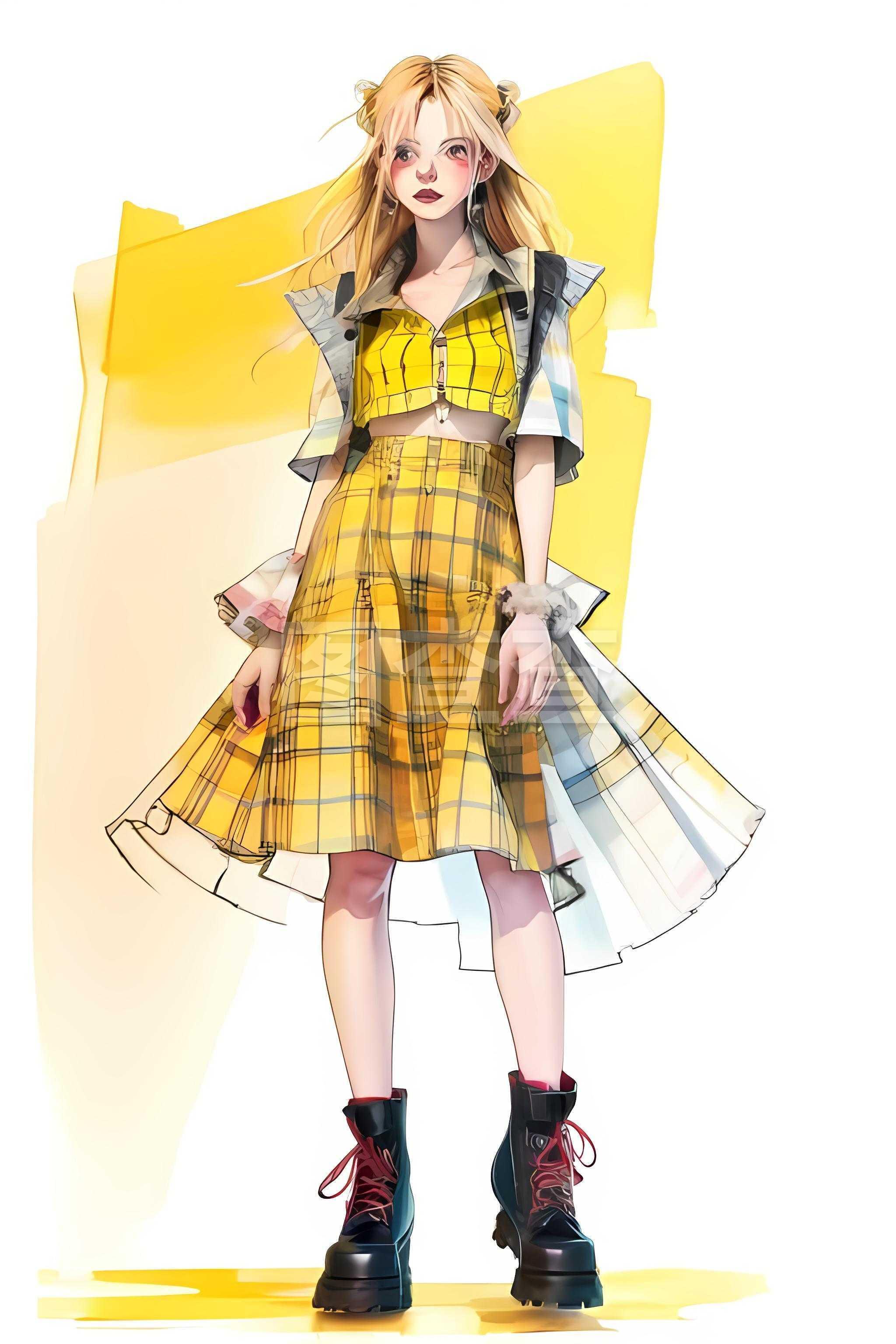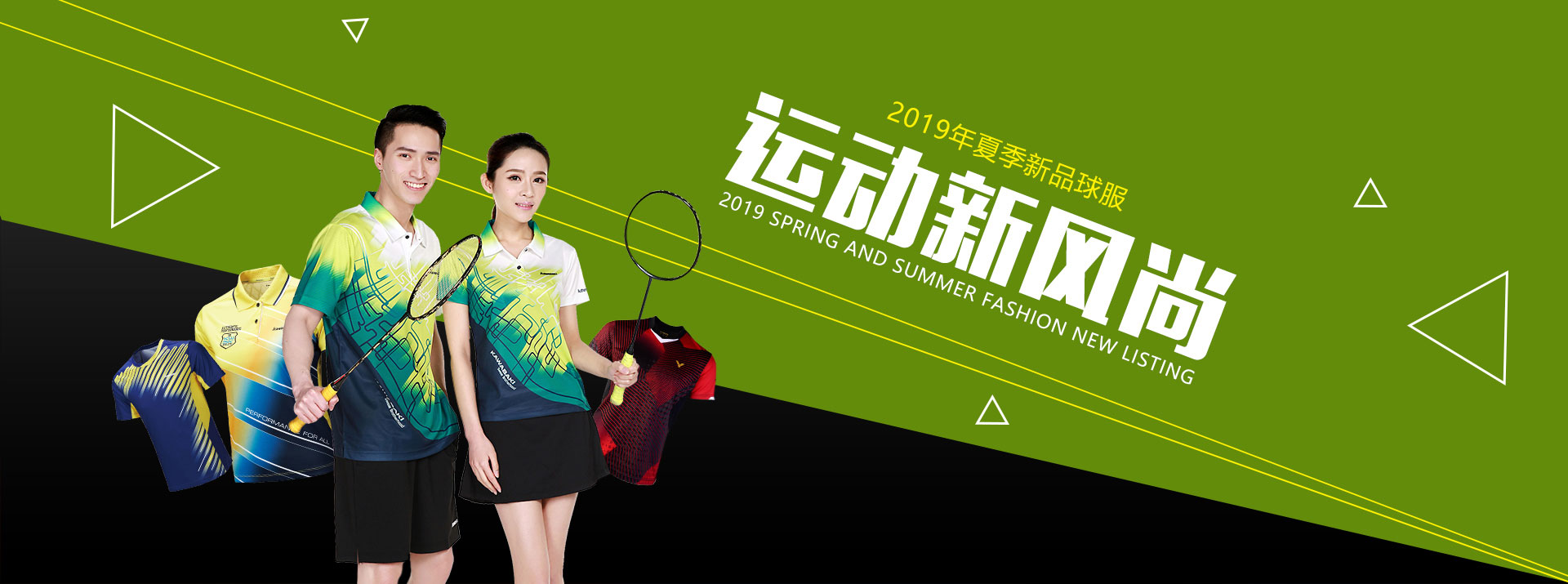2018天津工业大学艺术与服装学院毕业生作品发布会“BOUNDLESS”
2018天津工业大学艺术与服装学院毕业生作品发布会“BOUNDLESS” 2018年5月15日,天津工业大学艺术与服装学院毕业生作品发布会在北京751D·PARK时尚广场第一车间举行。本次毕业设计主题为“BOUNDLESS”,即没有界限,打破设计创作的界限。倡导打破以往固定风格的设计思路,将看似不相关的元素进行混搭、重组,碰撞出一种令人玩味的设计,彰显原创设计的执着与探索的勇气,倡导突破自我,挖掘更多可能创造出一种奇迹。通过打破思维的界限,体验到高度自由的设计空间。同时紧扣市场需求、强调功能性的主题设计,每一种创作方式都将传递独特的设计思维和优秀的设计理念。当今世界变化的节奏已超出人们的预期,快节奏的生活方式,扼杀了我们与生俱来的创造力,通过本次毕业设计唤醒人们的想象力,尽情释放对艺术、美和爱的激情。 本次毕业生设计创作特点一是内容饱满,展示作品涉及的设计方法及表现手段丰富多样,例如:数码印花、绗缝、手工捏褶、沾染、吊染等等。二是设计流程完整,学生从灵感源搜集、设计稿表现,到制版、调整样衣、制作成衣和配饰,再到动态展示,各个环节全流程参与。三是设计创新以市场需求为根本,本次设计创作是以校企合作的形式开展,摈弃一切浮夸、炫技的设计手段,以简洁、实用为根本,这就要求毕业生在设计创作的过程中努力平衡创新与实用之间的关系,不断寻找设计和市场的契合点。 天津工业大学艺术与服装学院服装与服饰设计专业自1984年成立至今,已有三十余年的办学历史,现已成为天津市重点建设的学科专业。我专业依托本校的学科优势,顺应和满足国际艺术教育发展动态和我国设计人才的需求,强调艺术与科学技术的结合,大力培养学生的综合素质和创新能力,多年来,向社会输送了大批具有较强设计创造能力和实践应用能力、具有较强的市场设计意识和市场竞争能力、掌握服装企业和服装市场的基本运作知识以及把握时尚潮流并能够进行流行趋势预测的高级专门人才。另外,我校服装类学科专业还拥有一个博士点(服装设计与工程专业)、三个硕士点(服装设计与工程、设计艺术学、艺术专业硕士),具有本科生、硕士生和博士生一体的完整的人才培养体系。 Institute of Art & Fashion Graduate Show 2018, Tianjin Polytechnic University“BOUNDLESS”Institute of Art & Fashion Graduate Show of Tianjin Polytechnic University was held in the Workshop of Beijing 751D•PARK on May 15, 2018. Guided by the design theme of “Boundless”, graduates broke the restrictions of design and creation, upheld groundbreaking design thinking pattern, mixed those seemingly irrelevant elements to bring out interesting design, thus to show the persistence of original design and courage of exploration. Meanwhile, breakthroughs have been made and more possibilities have been made. Through breaking the restrictions of thinking, they experienced the highly free design space. Additionally, the theme design followed the market demand closely and placed high value on functions. Every creation delivered unique design thinking and outstanding idea. The changing pace of the world has gone beyond people’s expectation. The fast pace of lifestyle was killing our innate creativity. This graduate mission awaked their imagination, released their passion towards art, beauty and love. The graduate creation was characterized by diversity of contents, complete design procedures and market orientation. Firstly, various design methods and expressions were adopted, such as digital printing, quilting, handwork darting, spot dyeing and dip dyeing. Secondly, these young designers participated in each link, ranging from inspiration sourcing, draft presentation, plating making, adjustment, production and auxiliary decoration to dynamic presentation. Thirdly, innovations were based on market demand and the cooperation between the institute and enterprises. Simplicity and practical utility were taken instead of exaggerated and dazzling design modes, which required graduates to try their best to reach the balance between innovation and practical utility, as well as constantly search the harmony between design and market.





 2024-08-17 12:54:54
2024-08-17 12:54:54 浏览次数:
次
浏览次数:
次 返回列表
返回列表







